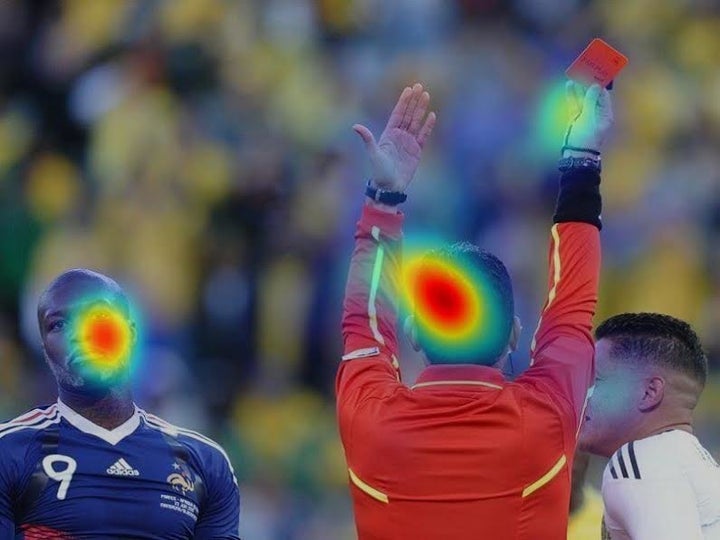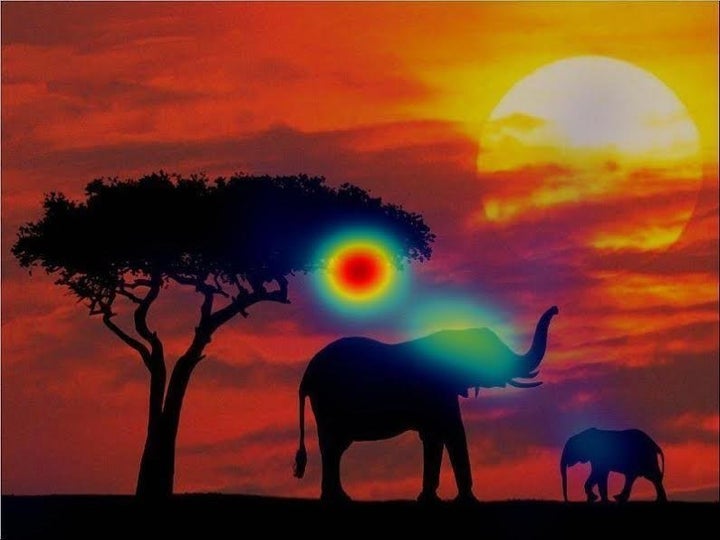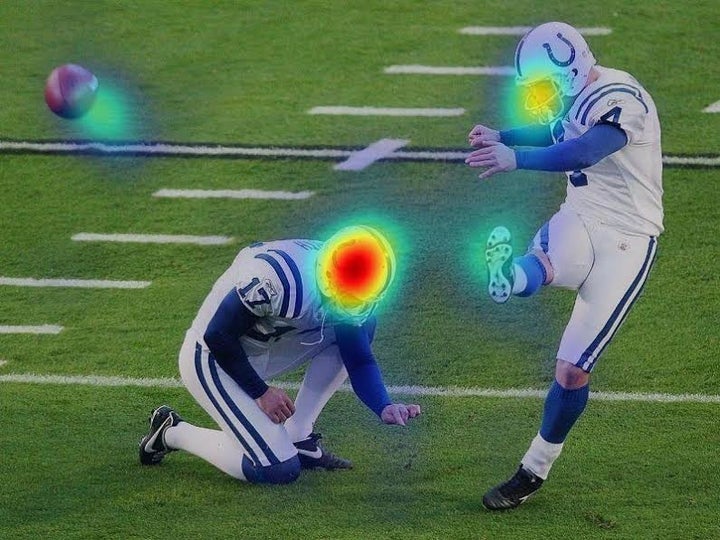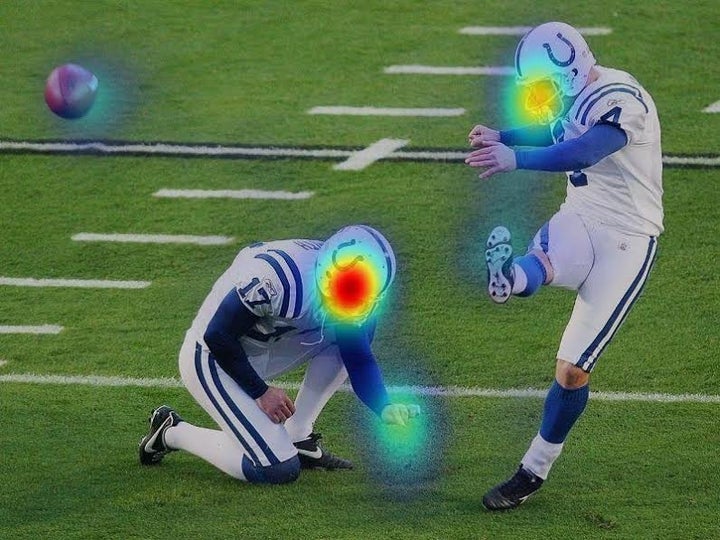
Individuals with autism see the world through very different eyes than those who don't have it, which impacts how they interact with their environment.
Research from Cal Tech, published online Thursday, found this is because a wide range of visual input is interpreted differently in the brain of a person with autism spectrum disorder.
"It is known that people with ASD have difficulty often figuring out how other people feel or what their social gestures mean, from looking at their faces and body postures," Dr. Ralph Adolphs, the study's lead author, told The Huffington Post in an email. "This may be because they pay attention to them differently."
In other words, when a person with autism exhibits repetitive or antisocial behaviors, doesn't make contact or has difficulty communicating -- the main characteristics of the disorder -- it could be because of their perception and attention focus in a given situation.
"Among other findings, our work shows that the story is not as simple as saying 'people with ASD don't look normally at faces,'" Adolphs said in a statement. "They don't look at most things in a typical way."
The researchers explored this by creating a series of images that depict how a person with autism experiences their environment. For the study the research team showed 700 images to 20 individuals with high-functioning autism and 19 control subjects, who didn't have autism, while an eye-tracking device recorded their attention patterns on different objects within the images.
Check out the renderings below to see what the researchers discovered.
For each pair of images, the top image shows how it is perceived by an individual with autism, while the bottom shows how it is perceived by the control subject.
In this set of images, note how the person with autism is more focused on the back of the referee's head, rather than the player's face.


In these images, the person with autism pays more attention to the tree and the sky rather than the mother and baby elephant in the foreground.


While in these images, the person with autism is not paying attention to the trajectory of the football in the same way that the control subject did.


As you can see, the individuals with autism are less drawn to faces and other "meaningful" objects in the scene -- a tendency which can lead to challenges in social situations.
"This probably makes it more difficult for [people with autism] to socialize, especially in a complex environment like a party, because they may have difficulty knowing where to [direct their attention]," Adolphs told HuffPost.
The findings could in the future help clinicians identify autism disorder subtypes, which would enable them to better diagnose individual cases.
"The study is probably most useful for informing diagnosis," Adolphs said in a statement. "Autism is many things. Our study is one initial step in trying to discover what kinds of different autisms there actually are ... Once we have identified those subtypes, we can begin to ask if different kinds of treatment might be best for each kind of subtype."
More and more, we're seeing that autism cannot be approached with a one size fits all diagnosis -- and further research may helpful in devising tailored treatments that target the many nuances of the disorder.
